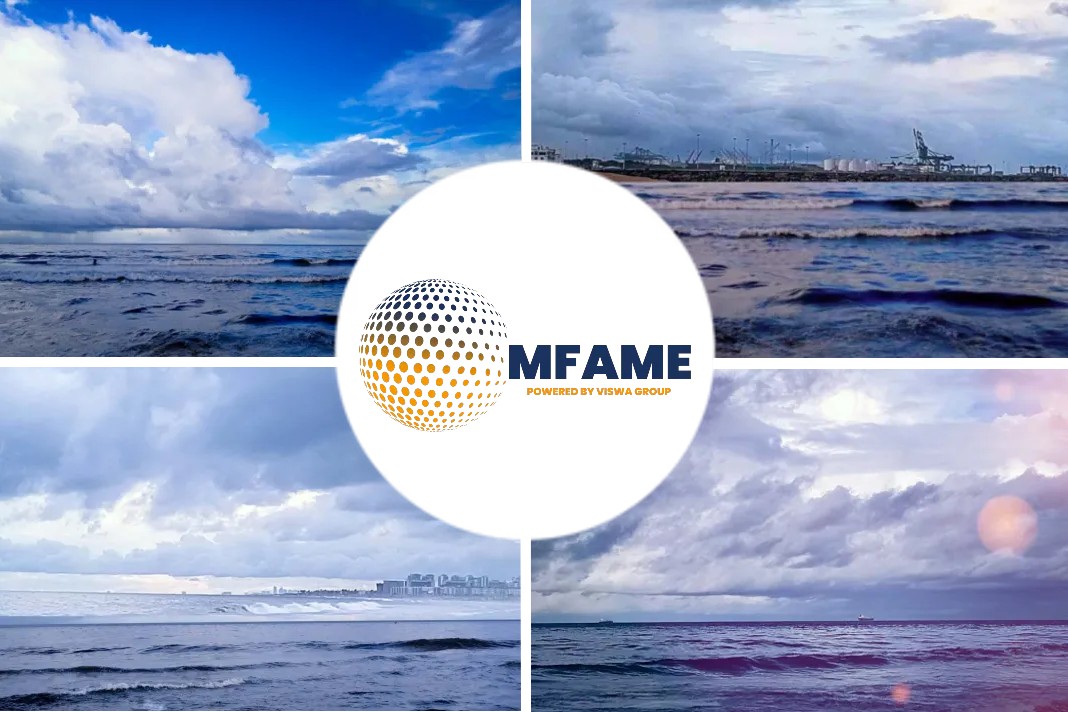
- Dirty tonnage might start carrying clean tonnage
- Three-tier tanker market emerging
- Upside to Suezmaxes in 2023
Inflation and increasing distances to transport oil arising from sanctions on Russian barrels could contribute to a doubling of freight costs in 2023, reports Platts citing Rustin Edwards, head of fuel procurement at tanker firm Euronav NV, said at an industry event Jan. 11.
Time charter equivalent rates are currently at around $33,000/day in freight forward markets, having surged since the second quarter, and could double in 2023, Edwards said during a panel discussion at the 13th Global UAE Forum.
The looming EU ban
Platts, part of S&P Global Commodity insights, assessed Clean Arab Gulf-UK Continent 75,000 lumpsum freight at $5,000 Jan. 11, down from $6,600 Nov. 29, but up from $2,000 Jan. 11, 2022, and up from an average of $4,378/mt in the second quarter.
Much depends on a looming EU ban on Russian oil product imports and accompanying price cap. “It comes down to how the clean [oil product] embargo is enacted and how the clean freight is redirected,” Edwards said.
The EU prohibited imports of Russian crude oil as of Dec. 5 and will prohibit Russian oil product imports from Feb. 5, unless barrels comply with a G7 price cap. This is part of a raft of international sanctions in response to Moscow’s war in Ukraine.
This means Europe must source products such as diesel, jet fuel and naphtha from further afield while Russia must also seek further flung markets to send its products. There has traditionally been a substantial shorthaul flow in products from Russia to Europe.
Higher ton-miles mean less available tonnage. “You might see some transition from dirty large tonnage to clean large tonnage,” Edwards said, citing Suezmaxes carrying distillates rather than crude.
Dirty tanker rates have also risen. Platts assessed dirty West Africa-UK Continent 130,000 freight at $19.34/mt Jan. 10, down from $34.52/mt Nov. 23 — the highest since the coronavirus-induced floating storage bonanza in March 2020 — and up strongly from $9.01/mt at the start of January 2022.
Different tiers in market
A number of tanker companies have avoided doing business with Russian counterparties to avoid infringing sanctions and to guard against reputational risk. This has left a so-called shadow fleet carrying Russian barrels of crude — the EU ban on carrying products has not yet taken effect.
It is too simplistic to talk about a two-tier market, Ami Daniel, CEO and co-founder of Ai company Windward.
A “white” fleet will avoid doing business with Russian counterparties, a “black” fleet will carry Russian barrels and consequently find itself excluded from London insurance providers, and a “grey” fleet will carry Russian barrels under the terms of a G7 price cap, perfectly legally, Daniel said.
The G7 announced a price cap of $60/b on Russian crude, to take effect alongside the EU’s import ban, which allows carriers to transport Russian barrels and still use marine services such as insurance in mainstream international markets.
The level of levels of price capping for products has yet to be agreed upon.
Upside potential for suezmaxes
Suezmax growth was relatively subdued compared with Aframax and VLCC growth in 2022, but 2023 presents “a lot of upside” for Suezmaxes, Matthew Wright, senior freight analyst at ship tracking data company Kpler said.
The US to Europe route is especially promising, he said.
Besides this, considerable uncertainty remains over product tanker routes, with the Feb. 5 ban and what that means for trade flows less than a month away, Wright said.
While Russia could send its products to Latin America or Africa, much longer voyages than to Europe, that is for now speculation and so question marks hang over whether Russia will be able to maintain its diesel exports, for which Europe was always a key customer.
Did you subscribe to our daily Newsletter?
It’s Free! Click here to Subscribe
Source: Platts

















